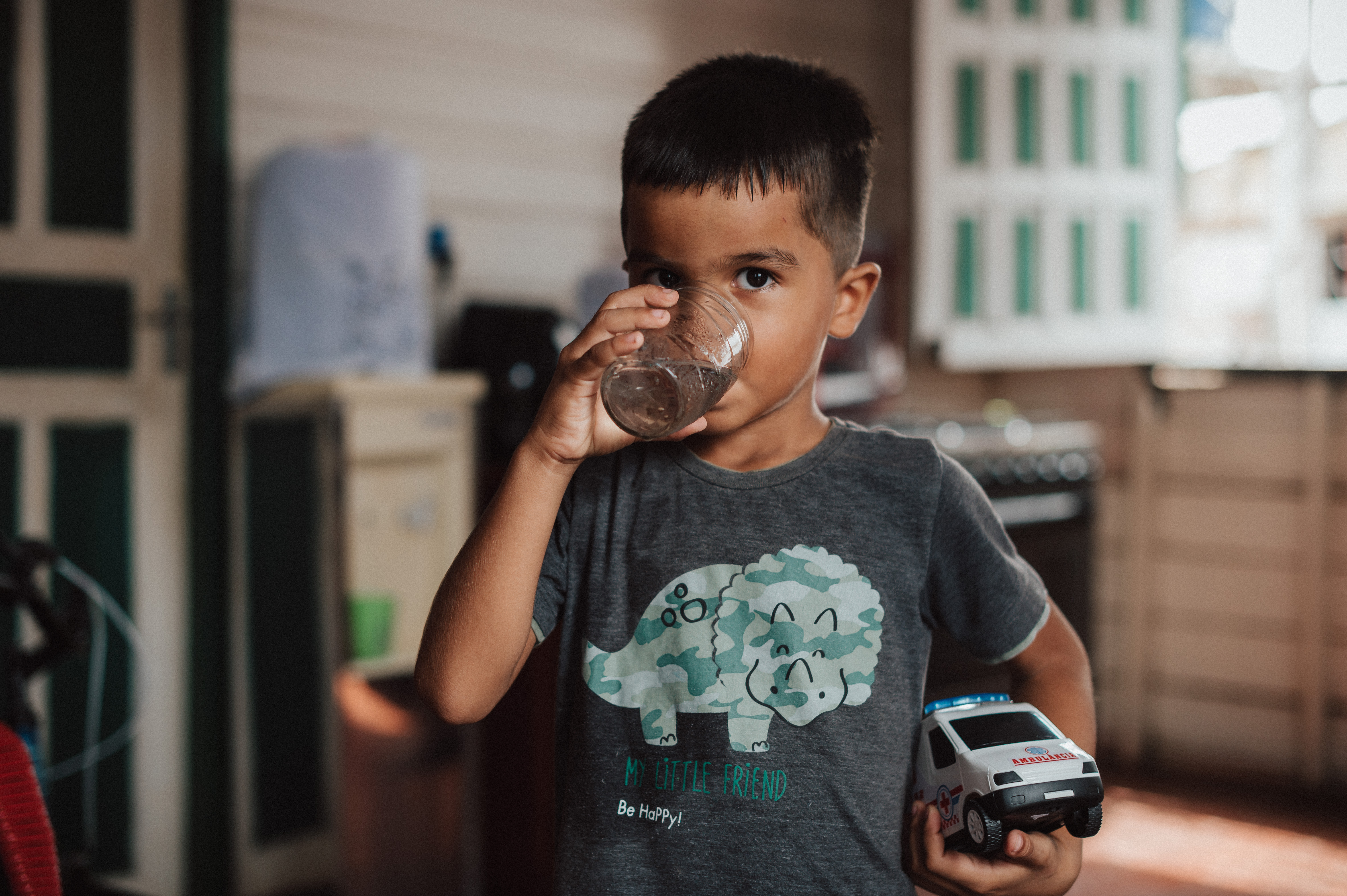

Description
The National Basic Sanitation Plan is the main document of the National Basic Sanitation Policy that has been periodically revised to seek its improvement and in order to achieve better outlined goals contextualized to the various realities of the Brazilian territory. The plan was structured by components of the Interministerial Working Group (GTI, acronym in Portuguese) in 2008, consisting of representatives of the ministries that make up the basic sanitation sector in Brazil.
Plansab was approved by Decree No. 8.141 of November 20, 2013 and by Interministerial Ordinance No. 571 of December 5, 2013 and its preparation was provided for in the law of national guidelines for basic sanitation – Law No. 11.445, regulated by Decree No. 7.217 - To be evaluated annually and reviewed every four years.
Plansab provides an updated overview of the implementation of each Basic Sanitation component (Water Supply, Sanitation, Solid Waste Management, and Rainwater Management), presenting statistical data on the coverage of these services in recent years.
For monitoring purposes, Plansab advises that one of the indicators to be considered in the Plan's annual evaluation reports is: “Infant mortality and childhood mortality – this indicator is composed of two main pieces of information: i) Infant mortality rate per thousand live births; and ii) Mortality rate of children under 5 years of age per thousand live births.”
Criteria 9/11
- ACCESSIBILITY
- ALIGNMENT WITH SDG 1,3,4,6 AND/OR 11
- RACE AND GENDER ISSUES
- ATTENTION TO CHILDREN AND ADOLESCENTS
- LOW COST
- SOCIAL DIFFUSION
- ADMINISTRATIVE EFFICIENCY
- ADHERENCE AND CONTINUITY AT LOCAL LEVEL
- WASH INITIATIVE
- CLIMATE RESILIENCE
- SUSTAINABILITY
Plansab is directly related to the municipal and state departments working in the Basic Sanitation sector. Other institutions at the federal level that relate to this policy are: the National Health Foundation of the Ministry of Health (FUNASA/MS); Secretariat for Indigenous Health (SESAI/MS), Secretariat for Health Surveillance (SVS); Brazilian Water and Sanitation Agency (ANA); Secretariat for Environmental Quality of the Ministry of Environment and Climate Change (SQA/MMA).
Federal managers, State managers, Municipal managers, Civil society, Private companies in the Basic Sanitation sector.
National
Since 2008, with periodic reviews.
Plansab presents tables pointing out the set of guidelines and strategies, with identification codes, linking them with the predominant federative competence and the main responsible entity in the Federal Government and also with the respective SDGs. The strategies listed do not exhaust the universe of possible strategies, especially in other spheres of government (state and municipal), but can be considered as the main strategies selected to fulfill the objectives of the Plansab.
The expectation is that the strategies described can serve to guide managers at
all levels, including those responsible for social accountability, in their decision-making processes.
The content can be checked in full on the following link, starting on page 186:
https://www.gov.br/mdr/pt-br/assuntos/saneamento/plansab/Versao_Conselhos_Resoluo_Alta__Capa_Atualizada.pdf
Plansab seeks to contemplate territorial diversities, prioritizing the principle of integrality. Plansab considers that regional sanitation plans should value territorial components, extrapolating the concept of territory as a "political division of space across the land", so as to consider social, cultural, climatic, environmental and economic aspects.
The National Sanitation Information System (SNIS) monitors all information related to basic sanitation. The information is declared and reported by the municipality to the Ministry of Cities, manager of said system.
Annually, an evaluation report of the Plansab's goals is published to monitor the development of actions. The reports are made available to the public on the website of the Ministry of Cities.
The Auxiliary Indicators contribute to a broader view of the impacts of sanitation policies in other areas such as health (including childhood mortality rate, hospitalization rate for acute diarrheal diseases, etc.) and also cross-reference information on access to services with information on income, education, race or skin color, etc.
In the period from 2003 to 2017, the total amount of budgetary resources (not onerous) committed to sanitation initiatives was of the order of R$ 82.5 billion, which represents on average 0.10% of the national GDP. (BRAZIL, 2019)
- In 2007, there was a great increase in Basic Sanitation investments due to the inauguration of the Growth Acceleration Program (PAC, acronym in Portuguese) and the implementation of the Brazilian Basic Sanitation Policy.
- In 2011, PAC 2 was launched, which boosted the sector again, reaching more than 10 billion investments per year.
- In 2014, investments in the sector decreased due to the fiscal crisis in Brazil
- In 2024, the federal government launched the New PAC program that allocates a total investment of R$ 1.7 trillion to 5 axes: Water for all;
Sustainable and resilient cities; Education, Science and Technology; Social and Inclusive Infrastructure; and Health.